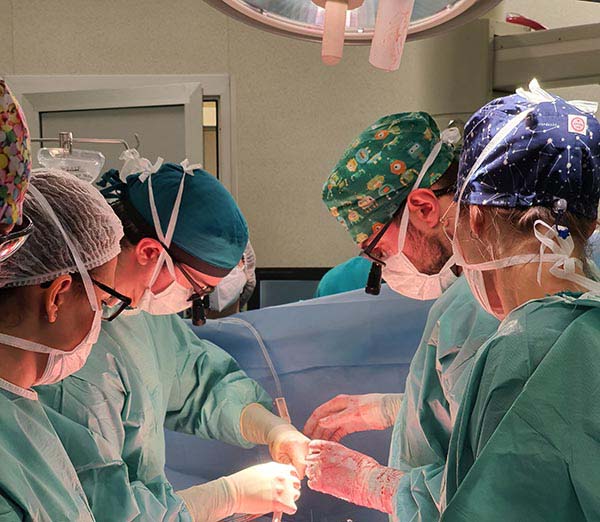CLINICAL NEED
More than 30,000 donor livers are transplanted annually worldwide. In the UK alone, 8,740 liver transplants were carried out in the last ten years. The current gap between supply and demand for donor organs is increasing and not all patients on the waiting list will receive a life-saving transplant.
Moreover, up to 30% of the transplanted livers will develop biliary complications, a major factor determining long term patient survival following liver transplantation. Biliary complications have a large impact on patient morbidity, requiring time, money, resources and in some cases a second transplant.
One factor contributing to declining donor livers for transplantation is the lack of diagnostic tools to judge the overall quality of the liver and the probability of the donor liver to develop biliary complications.

CLINICAL NEED
More than 30,000 donor livers are transplanted annually worldwide. In the UK alone, 8,740 liver transplants were carried out in the last ten years. The current gap between supply and demand for donor organs is increasing and not all patients on the waiting list will receive a life-saving transplant.
Moreover, up to 30% of the transplanted livers will develop biliary complications, a major factor determining long term patient survival following liver transplantation. Biliary complications have a large impact on patient morbidity, requiring time, money, resources and in some cases a second transplant.
One factor contributing to declining donor livers for transplantation is the lack of diagnostic tools to judge the overall quality of the liver and the probability of the donor liver to develop biliary complications.
